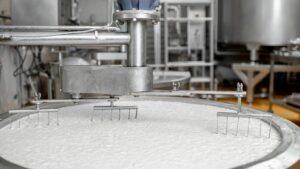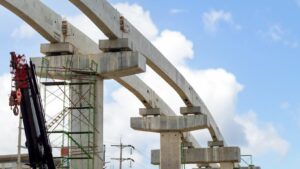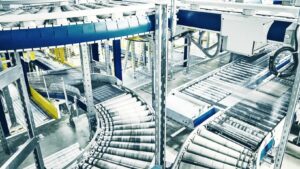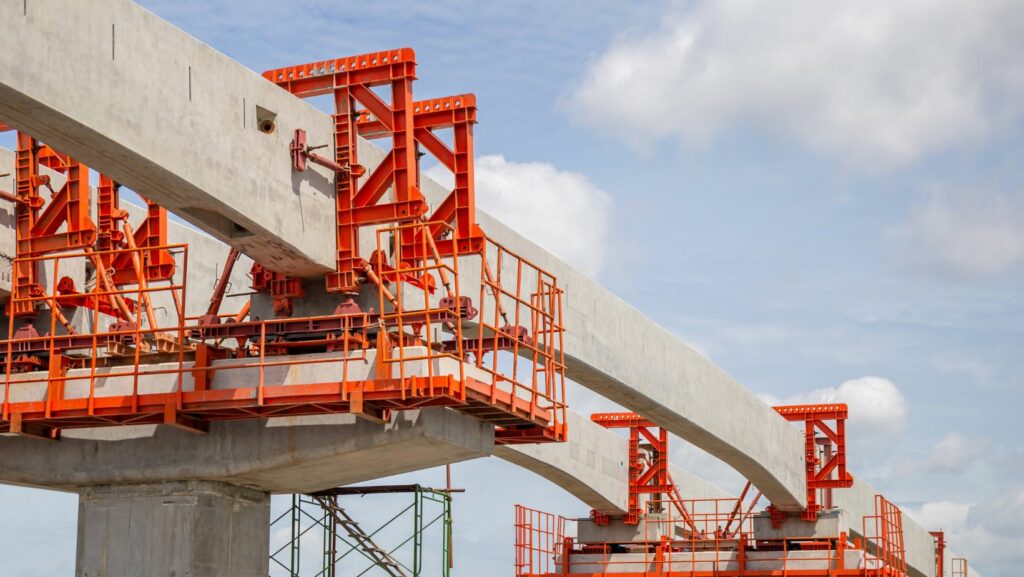 In an era where efficiency and innovation drive industries forward, the construction sector is no exception. As urbanization continues to surge, the demand for faster, more cost-effective building solutions has never been greater. Enter mass production techniques—a game-changer that’s reshaping how construction projects are executed. By borrowing methods from manufacturing industries, construction is poised to enhance productivity and reduce waste. Mass production in construction isn’t just about speed; it’s about precision and consistency. Techniques like prefabrication and modular construction allow for components to be produced in controlled environments, ensuring quality and minimizing on-site errors. This approach not only accelerates project timelines but also aligns with sustainable practices by reducing material waste and energy consumption. As the construction industry embraces these innovative techniques, it stands on the brink of a transformation. The integration of mass production methods promises a future where buildings rise more swiftly and sustainably, meeting the demands of a rapidly growing world.
In an era where efficiency and innovation drive industries forward, the construction sector is no exception. As urbanization continues to surge, the demand for faster, more cost-effective building solutions has never been greater. Enter mass production techniques—a game-changer that’s reshaping how construction projects are executed. By borrowing methods from manufacturing industries, construction is poised to enhance productivity and reduce waste. Mass production in construction isn’t just about speed; it’s about precision and consistency. Techniques like prefabrication and modular construction allow for components to be produced in controlled environments, ensuring quality and minimizing on-site errors. This approach not only accelerates project timelines but also aligns with sustainable practices by reducing material waste and energy consumption. As the construction industry embraces these innovative techniques, it stands on the brink of a transformation. The integration of mass production methods promises a future where buildings rise more swiftly and sustainably, meeting the demands of a rapidly growing world.
Applied Mass Production Techniques To Construction
 Mass production techniques integrate into construction, delivering consistency and enhanced efficiency. Prefabrication stands out as a key technique; it involves creating building components in a controlled factory environment before transporting them to the construction site. This approach not only accelerates project timelines but also reduces on-site labor demands and minimizes material wastage. Modular construction revolutionizes traditional building by using prefabricated sections, or modules. Each module is manufactured with precision, ensuring exact specifications are met. This method allows for significant time savings, as site preparation and module construction occur simultaneously.
Mass production techniques integrate into construction, delivering consistency and enhanced efficiency. Prefabrication stands out as a key technique; it involves creating building components in a controlled factory environment before transporting them to the construction site. This approach not only accelerates project timelines but also reduces on-site labor demands and minimizes material wastage. Modular construction revolutionizes traditional building by using prefabricated sections, or modules. Each module is manufactured with precision, ensuring exact specifications are met. This method allows for significant time savings, as site preparation and module construction occur simultaneously.
Automated machinery and robotics streamline repetitive tasks such as brick laying and wall assembly. These technologies contribute to reduced labor costs and improved safety by minimizing human error and potential accidents on site. In addition, 3D printing emerges as a transformative tool, enabling the creation of complex structures layer by layer efficiently. Standardization in construction processes offers predictable outcomes and ensures compliance with quality standards. Uniform designs aid in reducing variances and ensuring that every component fits seamlessly with the next, promoting seamless assembly and integration. Applying these mass production techniques enhances sustainability by optimizing resource use and reducing the carbon footprint of construction activities. As these practices evolve, they’re expected to become integral to meeting the increasing demands of urban development.
Historical Background
 Mass production techniques have roots in the early 20th century when automotive industries, particularly Ford Motor Company, pioneered assembly line production. This innovation led to cost-effective and time-efficient manufacturing, influencing various industries, including construction, over time.
Mass production techniques have roots in the early 20th century when automotive industries, particularly Ford Motor Company, pioneered assembly line production. This innovation led to cost-effective and time-efficient manufacturing, influencing various industries, including construction, over time.
In the post-World War II era, growing urban populations drove the need for rapid housing development. This necessity prompted the construction sector to explore mass production concepts used in other industries. Prefabricated materials and standardized processes emerged as a response, streamlining the building process and addressing housing shortages.
The 1960s and 1970s saw the integration of prefabrication into large-scale projects. Mass housing initiatives in cities like Moscow and Berlin demonstrated the feasibility of these methods. By standardizing components and using assembly-line principles, construction projects achieved speed and efficiency, reducing both costs and labor.
With sustainability growing in importance, the 21st century has seen a renewed focus on mass production techniques. These methods continue to evolve, addressing environmental concerns while improving the quality and efficiency of construction processes.
Key Techniques in Construction
The construction industry benefits significantly from applied mass production techniques. These techniques enhance efficiency, accuracy, and sustainability in project execution.
Prefabrication
Prefabrication involves the assembly of building components in a factory setting before their delivery to the construction site. This process reduces on-site labor and minimizes errors, as components are manufactured under controlled conditions. Notable examples include precast concrete panels and steel frameworks, which accelerate building timelines by allowing site preparation and manufacturing to occur simultaneously.
Modular Construction
Modular construction utilizes prefabricated modules to streamline building processes. These modules are independently produced, then transported and assembled on-site. This method offers numerous advantages, such as reduced construction time and disruptions since concurrent site work and module production are possible. Projects like hotels and residential complexes frequently employ modular techniques due to their efficiency.

